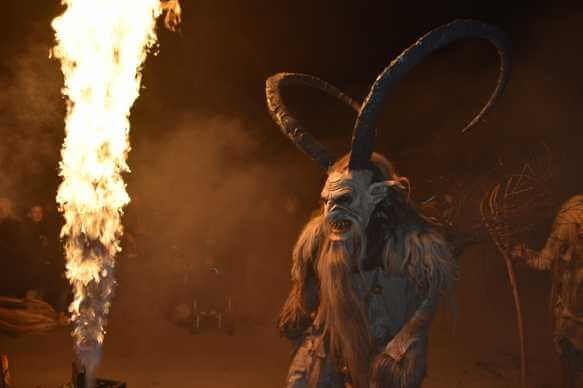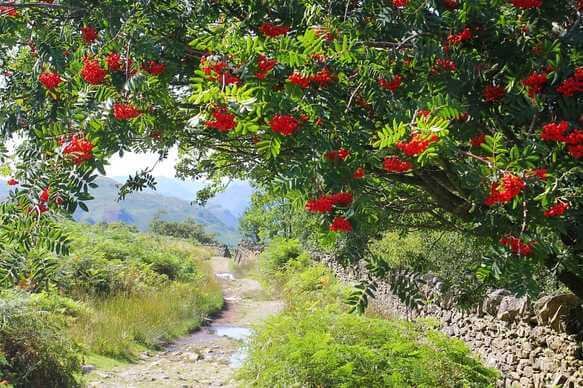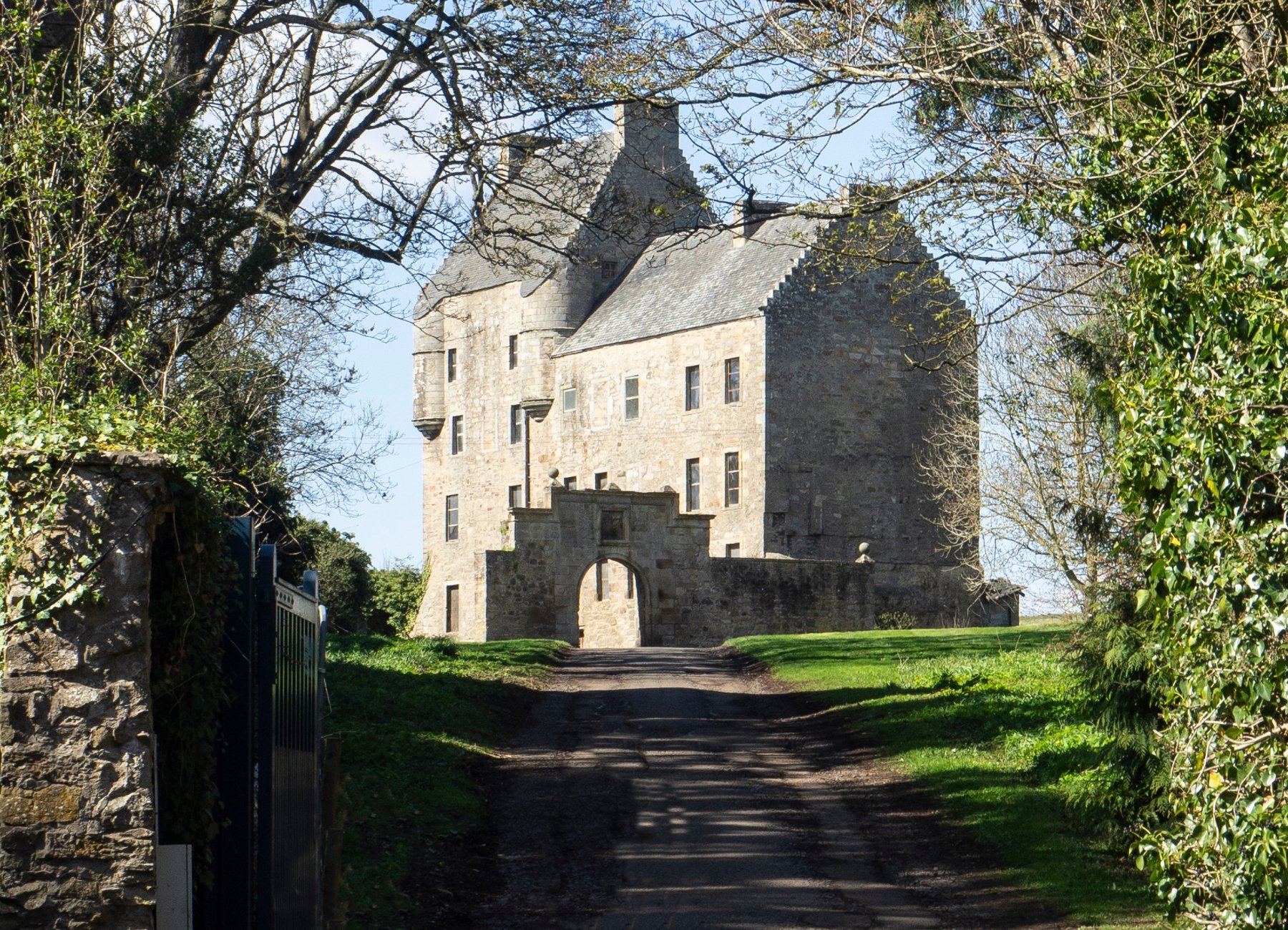Scotland’s 5 Historic Christmas Traditions
Discover the Christmas Traditions practiced by the Celts, Druids and Ancients Scottish people
Merry Christmas Everyone!
I’m very excited about the holiday season! Spending the next few weeks with family and friends, reminiscing about the past year's memories and looking forward to the future.
We got talking about some of the old Christmas traditions that used to happen in Scotland.From Scotland’s version of a Krampus on the Isle of Islay to the holiday being illegal during the Reformation, the traditions have definitely changed a lot over the years.
Christmas only became a public holiday in Scotland in 1958! That’s not that long ago… And while Oliver Cromwell was in power during the 1650s, Christmas (known as Christ’s Mass) was banned altogether!
Thankfully though, that’s not the case today. So here a 5 old traditions that took place in Scotland all those years ago.
At Scotland’s Wild, our friendly, story-telling guides have led thousands of trips through Scotland. We share history, legends and tales to entice people to visit this incredible country!
If you’d like to check-out our selection of tours, from day trips to island hopping, multi-day adventures - click here
1 - Druids and the Origin of Yule Logs
Nowadays, we think of the yule log being a delicious, chocolatey, gooey Christmas dessert (I’m drooling too). Going waaaay back to ancient times when Druids were more frequent in villages across Celtic villages in Scotland, another tradition would take place.
During the 12 days of midwinter, Druids believed that the sun stood still. Their solution to this mysterious, astronomical problem was to take an oak log and burn it continuously for those 12 days.
By doing this, they believed they were giving power back to the sun and were holding off the darkness of the winter months. Before the log had been completely burned, the druids would keep the remaining log to light next year's oak log.
2 - The Scottish Christmas Monster
On the Inner Hebridean Isle of Islay, there was a creature very similar to Europe’s Krampus. In the lead-up to Christmas, children who behaved badly were sternly warned that Crom Dubh na Nollaig (translated to the Dark Crooked One of Christmas) could pay them a visit.
How would you know if he was paying you a visit? If screams were heard coming from the chimney, that meant the monster was close by. In actual fact, it was the wind coming down the chimneys you would hear.
So, as you can imagine, the children on the Isle of Islay were very well-behaved for the entire year.
3 - Fertile Celts and their Mistletoe
This old tradition actually has its routes in old Celtic communities during the Winter Solstice celebrations. Mistletoe is believed to be a symbol of fertility and life, as the plant was able to bloom during the dark, cold winter months.
Druids from the Celtic communities would cut the stem of this beautiful little plant off a sacred oak tree, believing it would also bring luck. Hanging mistletoe in your house was also a symbol of luck.
It then became a tradition that a man could kiss any woman that was standing underneath the hanging plant. Once they had done so, a berry would be removed.
Once all the berries had been removed, the kissing had to cease. So if you're going to hand mistletoe in your house this year, make sure it's a branch loaded with berries.
4 - Burning Rowan to get rid of Tension
We’ve heard about the burning of oak logs during the winter months. But Rowan branches were also burned this time of year, and this tradition does still happen in some households.
Why? It’s believed that burning a Rowan twig would clear away any bad feelings held between friends, family and neighbours. Burning away the jealousy and mistrust that could be looming around the household.
So this year if you have mistrust or jealous/bad feelings towards any friends, family or neighbours, burn a wee twig from a Rowan tree to clear the air.
Although, some of us might need the entire Rowan tree to help them out…
5 - The First Christmas Tree lights
Christmas tree lights actually come from an ancient Yuletide tradition. During the winter months, Celtic folk would hang candles from pine trees and other decorations.
These candles would represent the sun, moon and stars and bring light in the darker months. The lights also represented loved ones who had been lost through the past year.
Offerings were also hung on the trees for their Gods, and this eventually evolved into the present swapping that we all enjoy today. Another light tradition has Celtic roots.
Folk would light candles in the windows of their homes as a welcome for guests. Scotland eventually became more Christian, and this tradition morphed into illuminating the way for the Holy Family.
Scotland’s Traditions today
Nowadays, our traditions involve many different things and feasts. From a full Scottish fry-up for breakfast to Christmas Jumpers. The Christmas Markets are another tradition that takes place in cities all over Scotland.
Every year John will head around to his Mum’s house with the rest of his family on Christmas morning to have a proper full Scottish fry-up. The perfect way to start the morning.
In my family, we’ve always had a tradition to have a steak pie plus the big turkey for Christmas dinner. I know some of our Scottish readers might be saying “Steak Pie at Christmas?!”, but it’s what we’ve always done and I wouldn’t have it any other way.
Have A Very Merry Christmas!
We all hope everyone has a fantastic Christmas this year. If you have Christmas traditions with your family, please share it with us down in the comments below.
And, if you’re hoping to spend Christmas time in Scotland, or are simply planning your trip over sometime soon, consider taking a tour with us!
We offer extra-small group tours throughout Scotland, where you’ll get to see the best bits and hear the best stories from our expert guides.
Join us on a day, multi-day or private tour and have an unforgettable adventure where your guide will make sure you have a unique and personal experience!























